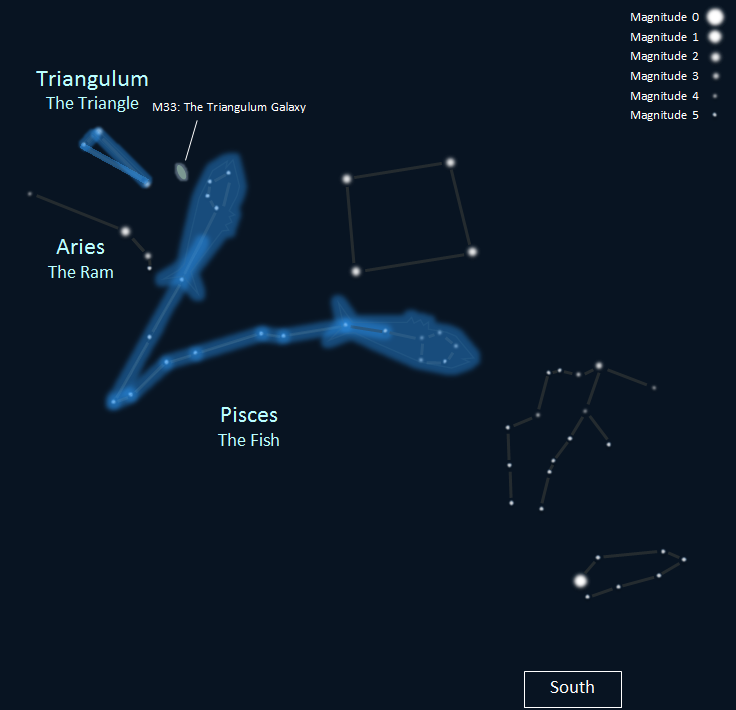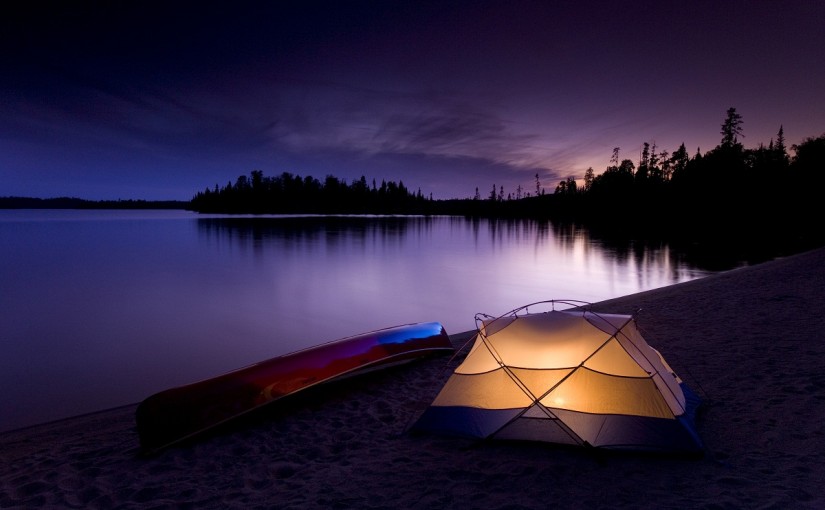Welcome to the Ontario Parks “Eyes on the skies” series. This will cover a wide range of astronomy topics with a focus on what can be seen from the pristine skies found in our provincial parks.
October is a month of transition as the last few warm days depart and we prepare ourselves for winter.
But cold weather does not mean we should abandon the great outdoors. On the contrary, the peace and serenity found at this time of the year make a trip to any park all the more enjoyable.
Here are our astronomical highlights for October, 2023:
The sun
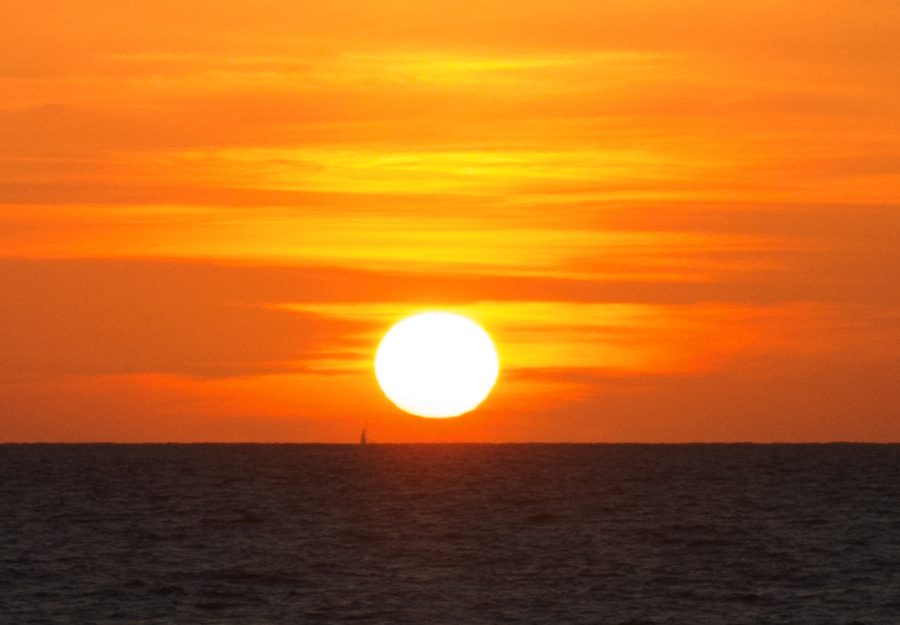
The sun continue to appear lower and lower in the sky as it drives to its lowest point at the time of December’s winter solstice.
We now experience longer nights than days. While decreasing the amount of time for daylight activities, we can look forward to more time to appreciate the night sky’s splendours.
Here are the sunrise and sunset times for October:
| October 1 | October 15 | October 31 | |
| Sunrise | 7:24 am | 7:42 am | 8:04 am |
| Midday | 1:15 pm | 1:11 pm | 1:09 pm |
| Sunset | 7:06 pm | 6:40 pm | 6:13 pm |
Annular eclipse of the Sun
Just after noon on October 14 there will be an annular eclipse of the Sun!
Unfortunately from Ontario we will only see the Sun about 30% obscured but with proper protection, it is still a great sight to see.
To learn more about annular eclipses, please see our posting from the last annular eclipse visible in Ontario here. Observers can use this as a practice session for the great total solar eclipse on April 8, 2024 that will pass through southern and southeast Ontario.
The moon
The moon has long captivated observers of all ages.
October’s lunar phases of the moon occur as follows:

The planets – the return of Saturn and Jupiter
Saturn continues to be a bright yellowish object in the southern sky, almost due south at 10:00 p.m. by mid month. In even a small telescope or high powered binoculars, Saturns rings are easily visible.

Rising a little later and the brightest object in the night sky (other than the Moon) is the largest planet in our solar system – Jupiter. Jupiter is so large that it could hold all the other planets combined within its sphere. However despite its massive bulk and size, Jupiter rotates (spins on its axis) faster than any other planet in just under ten hours!
Jupiter is also considered to be a gas giant world, a planet in which the atmosphere of gases makes up most if not all of the entire planet.

When combined with its high rotation speed, the gasses in Jupiter’s atmosphere get whirled up into colourful bands and rotational storms.
This year, Jupiter will reach opposition (see last month’s article) on November 3 and will be both very bright and very high in the sky around midnight.
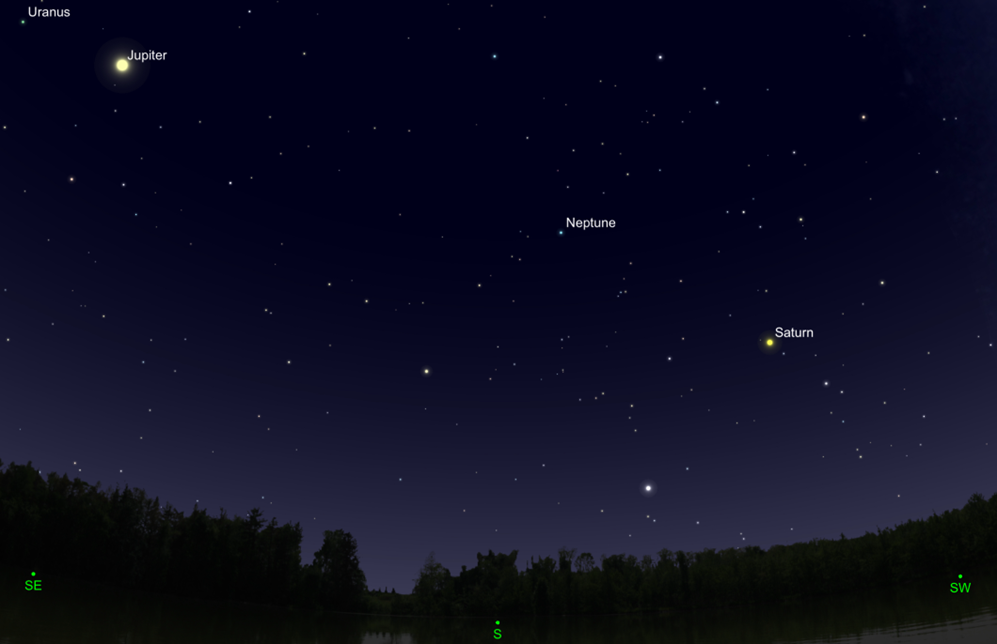
There will be many activities within the province to witness Jupiter through varying sizes of telescope. Two places that will provide excellent opportunities are the Allan I. Carswell Observatory, hosting Canada’s largest on-campus telescope at York University and the Killarney Provincial Park Observatory.
Comets, meteor showers, and satellites
Meteor observing, especially in the dark skies of our provincial parks, is one of the most enjoyable ways to get into astronomy.
You don’t need any special equipment other than your eyes!
A lounge chair, sleeping bag, and a friend are all welcome additions to enjoying the spectacle. If you take a look at our constellation charts, you can practice learning your constellations while you watch for the meteors.
A meteor shower occurs when the Earth enters the debris field of a comet that has long ago passed around the sun.
These bits of dust and grit, often no bigger than your thumbnail, enter the Earth’s atmosphere and burn up high above the ground (see our post on meteor showers for more information).
September is a relatively quiet month from a meteor shower perspective.
Nevertheless, observers are always able to see sporadic (random or unidentified shower) meteors as they may occur.
On any given night in the dark skies of provincial parks, you might see as many as five to 10 sporadic meteors per hour, especially after midnight.
This year, the Orionid meteor shower peaks on the night of October 21 and, once the moon has set, observers should see at least 20 meteors per hour!
Stars over Killarney 2023: Colours in the Cosmos!
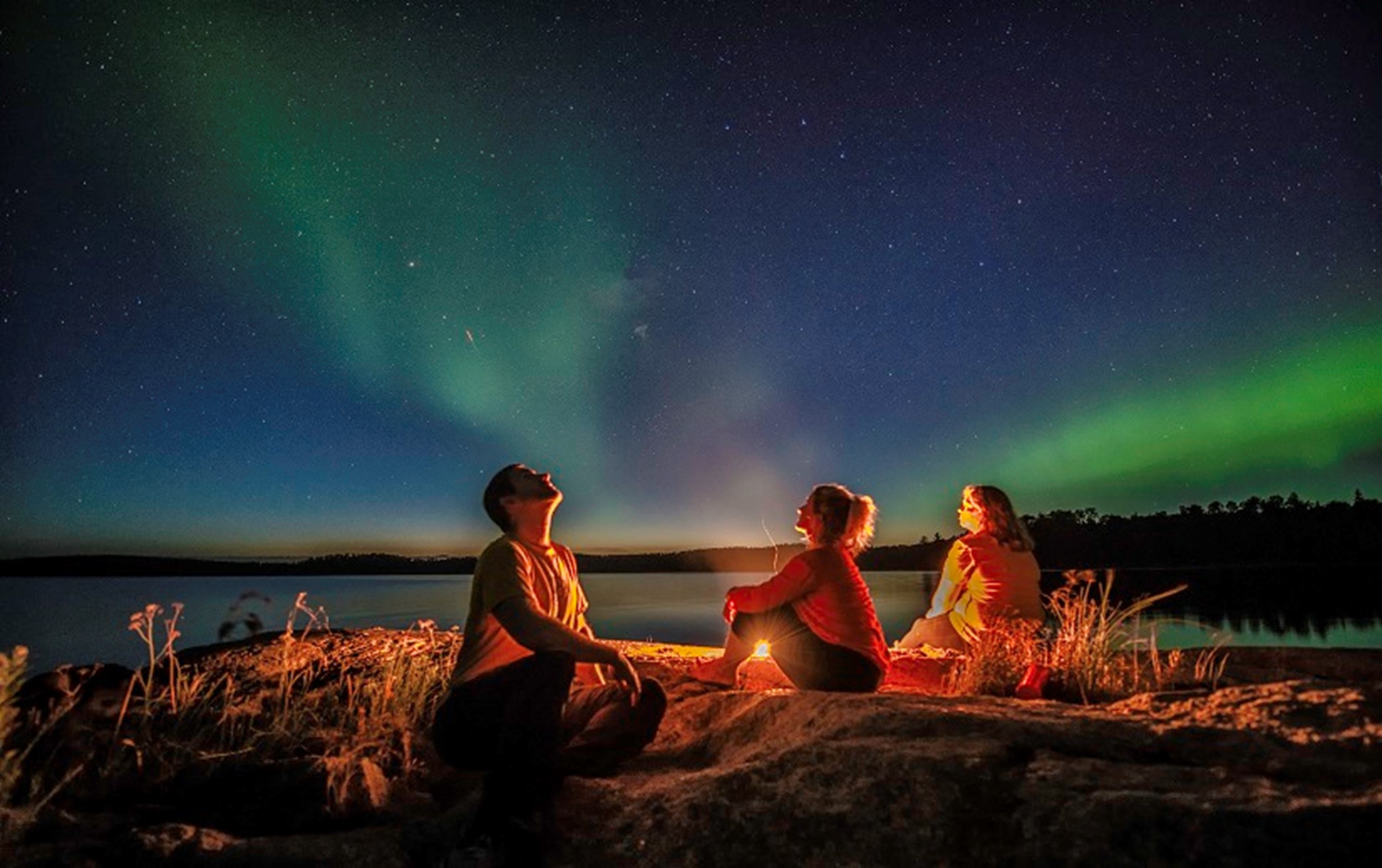
Are you interested in learning more about the sky? Would you like to look at a solar eclipse through a properly filtered telescope? How about learning to identify the constellations or even seeing planets and objects within the cosmos up close?
From October 13-14, Ontario Parks, the Allan I. Carswell Observatory and Science North are featuring their program Stars over Killarney 2023: Colours in the Cosmos.
This year’s theme is on the connection between colour as seen in outer space to the colour that we appreciate on the Earth through both paint and pixels. To learn more about the event, click here.
To learn more about colour and our perception of it, click here.
Featured constellations
In last month’s edition we discussed Pegasus, Aquarius, and the southern fish – Piscis Austrinus.
In October’s featured constellations, we discuss the more popular northern fish (Pisces), Aries the Ram, and Triangulum the Triangle.
